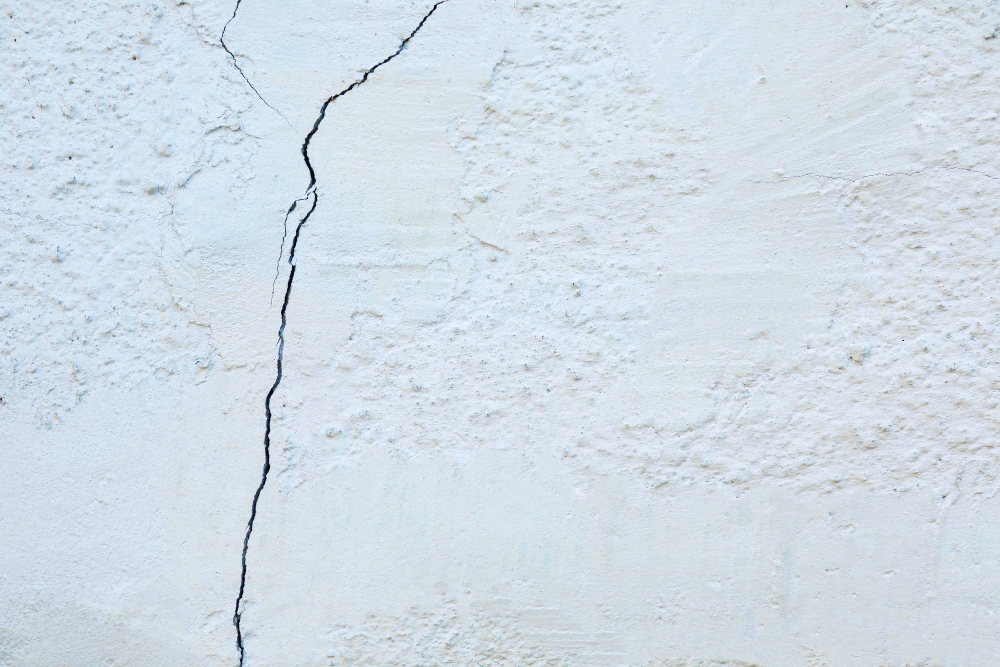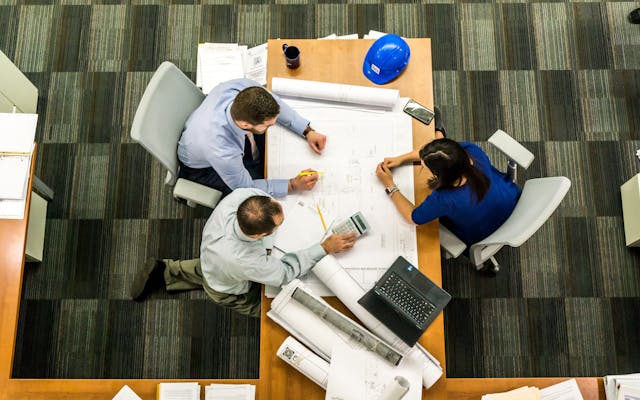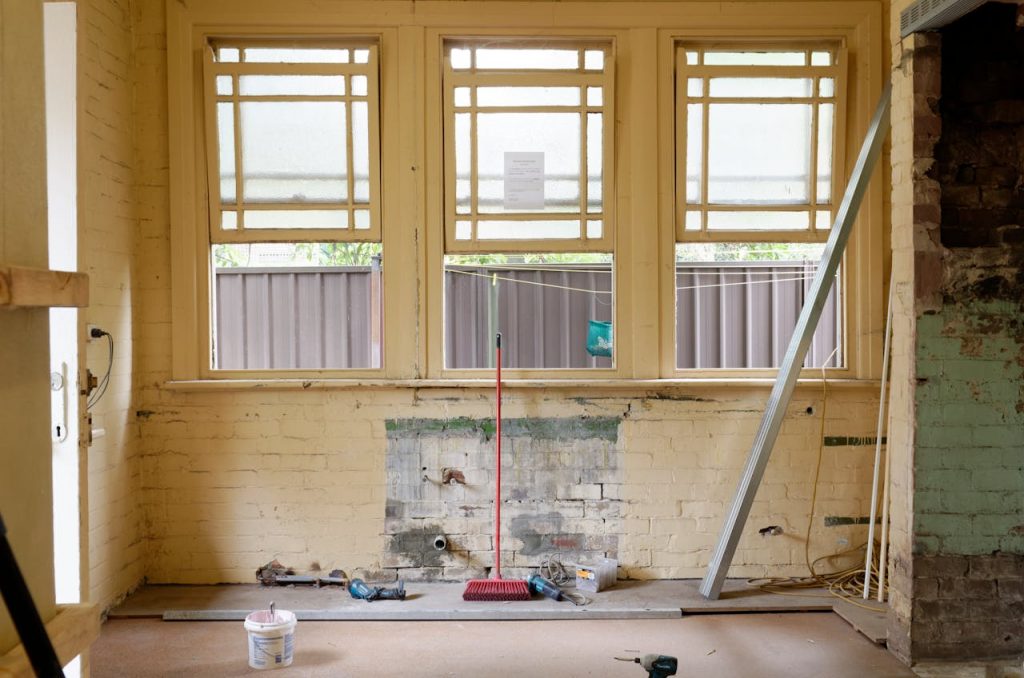- Foundation Damage: Understanding the causes and signs, such as soil movement, water damage, and construction flaws.
- Traditional Repair Methods: Overview of mud jacking and slab jacking, with limitations and drawbacks outlined.
- Innovative Solutions: Introduction to modern techniques like polyurethane foam injection and soil stabilization.
- Soil Stabilization Techniques: Overview of chemical grouting and compaction grouting, with benefits and real-world examples.
In the realm of homeownership, the integrity of a property’s foundation stands as the bedrock of structural stability. However, over time, factors such as soil movement, water damage, and construction flaws can lead to damage in home surfaces, compromising their stability and safety. This article will delve into the crucial task of renewing foundations, exploring innovative solutions for restoring damaged home surfaces. From traditional repair methods to modern techniques like polyurethane foam injection and soil stabilization, it uncovers the advancements reshaping the landscape of foundation restoration.
Understanding Foundation Damage
Foundation damage encompasses structural issues that compromise the stability and safety of a home’s foundation. Such damage can result from various factors, including soil movement, water damage, and substandard construction practices. Soil movement, whether due to expansive clay soils or poor compaction, can exert pressure on the foundation, leading to cracks and shifts. Water damage, often from poor drainage or plumbing leaks, can weaken the foundation material, causing it to deteriorate over time. Additionally, inadequate construction techniques or materials can contribute to foundation damage, as they may not provide sufficient support or resilience against external forces.
Signs of Foundation Damage
Signs of foundation damage manifest in various ways, offering clues to the underlying issues. Visible cracks in walls, floors, or ceilings are common indicators, especially if they appear suddenly or grow larger over time. Doors and windows may become difficult to open or close, suggesting shifts in the foundation. Uneven floors, sagging ceilings, or gaps between walls and floors are also telltale signs of foundation damage. It’s crucial for homeowners to recognize these symptoms early on to address foundation issues promptly and prevent further structural deterioration. By understanding the causes and signs of foundation damage, homeowners can take proactive measures to restore damaged home surfaces and ensure the long-term stability of their properties.

Traditional Repair Methods
Traditional repair methods for restoring damaged home surfaces typically involve techniques such as mud jacking or slab jacking. Mud jacking, also known as slab leveling or concrete lifting, involves using cement, soil, and water under a sunken concrete slab to bring it back to its original position. Similarly, slab jacking utilizes a grout mixture injected beneath the slab to lift it.
Limitations and Drawbacks
While these methods have been used for many years, they come with limitations and drawbacks. Firstly, they can be invasive and disruptive, requiring heavy equipment and extensive drilling to access the affected area. Moreover, the materials used in mud jacking or slab jacking may not provide a long-lasting solution, as they can degrade over time and lead to recurring issues. Additionally, traditional repair methods may only address the symptoms of foundation damage without tackling the underlying causes, such as soil instability or poor drainage.
Work with Professionals
To ensure the project is completed properly, you should consult a company offering reliable concrete repair services. Working with professionals is crucial to ensure that the restoration project is completed properly and effectively. These professionals typically provide a thorough assessment of the extent of damage to the home surfaces, followed by the development of a tailored repair plan. These experts have the knowledge, experience, and specialized equipment necessary to address various types of foundation damage effectively.

Innovative Solutions for Foundation Restoration
Innovative solutions have emerged as effective alternatives to traditional methods for foundation restoration, offering homeowners advanced techniques to address various types of damage. Two prominent modern techniques include polyurethane foam injection and soil stabilization.
Polyurethane Foam Injection
Polyurethane foam injection involves the injection of expanding polyurethane foam beneath the damaged concrete slab. As the foam expands, it fills voids in the soil and lifts the slab back into place, providing stabilization and support. This method offers several benefits over traditional techniques, including minimal disruption to the surrounding area, quick curing time, and lightweight materials that exert less pressure on the underlying soil.
Soil Stabilization Techniques
Soil stabilization techniques focus on strengthening and stabilizing the soil beneath the foundation to prevent further settlement or damage. Methods such as chemical grouting and compaction grouting inject stabilizing agents into the soil, increasing its load-bearing capacity and enhancing stability. Soil stabilization offers advantages such as increased soil strength, reduced risk of future settlement, and compatibility with a wide range of soil types.
Soil Stabilization Techniques
Soil stabilization techniques play a crucial role in addressing foundation damage by strengthening and reinforcing the soil beneath the affected area. These methods are designed to increase the load-bearing capacity of the soil and prevent further settlement or movement. Two common soil stabilization techniques include chemical grouting and compaction grouting.
Chemical Grouting
Chemical grouting involves injecting specialized grout materials into the soil beneath the foundation. These grout materials react with the soil to form a solid mass, effectively stabilizing the ground and providing support for the foundation above. Chemical grouting is particularly effective in addressing foundation damage caused by soil erosion, poor compaction, or other soil-related issues.
Compaction Grouting
Compaction grouting, on the other hand, involves injecting a cement-based grout mixture into the soil at high pressure. As the grout expands, it compacts the surrounding soil, increasing its density and load-bearing capacity. Compaction grouting is commonly used to fill voids or gaps in the soil beneath the foundation, providing stability and support.
Soil stabilization offers several benefits in addressing foundation damage. Firstly, it strengthens the soil, providing a solid base for the foundation to rest upon. This reduces the risk of future settlement and structural damage. Additionally, soil stabilization can be tailored to the specific needs of the project, allowing for precise control over the degree of stabilization required. Furthermore, soil stabilization is a cost-effective solution compared to more invasive repair methods, as it requires minimal disruption to the surrounding area and can often be completed quickly.
In conclusion, restoring damaged home surfaces is essential for maintaining the structural integrity and safety of residential properties. By understanding the causes and signs of foundation damage, homeowners can take proactive measures to address issues early on. Traditional repair methods have been effective but come with limitations, prompting the adoption of innovative solutions like polyurethane foam injection and soil stabilization. These modern techniques offer numerous advantages over traditional methods, including greater efficiency, durability, and cost-effectiveness. Partnering with professionals experienced in concrete repair services ensures that restoration projects are carried out effectively and with long-lasting results, providing homeowners with peace of mind and preserving the value of their properties.

